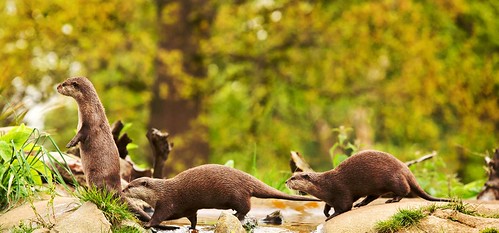
Find out everything you can about your wildlife subject. It will save you time and you stand a better chance of getting the shot you want.
Do your research in good time before your trip
Photographing wildlife is one of the most satisfying photographic subjects. When we get a great shot we feel terrific. However, if your back-to-nature shot is to be a success then you should make sure you know what you are doing. Preparation and research is essential. Find out how to improve your chance of a good wildlife shot.
Define the shot you want
For any sort of wildlife consider what you want to achieve… and what is practical. Doing a Google image search for the animal you want to shoot will reveal hundreds of pictures that relate to your subject. It really helps to go through those and see what is possible, and what you like. Getting ideas about shots will help you to visualise what works. On location it will also help you clarify ideas for when and how to take the shot. Pick out a few pictures you like. Review them often to keep what you want in your mind.
Research the creature
A lot of photographers go on location to photograph a particular animal and never see one. They appear on location assuming they will find an animal but don’t know where ‘exactly’ to look or when. Wildlife is often rare, shy, wary of humans or deep in the natural cover of the landscape. Knowing roughly where an animal or bird lives is definitely not the same as knowing its habitat or how it uses its environment. Read up on Wildlife Photography. Make time to learn the nesting, habits, feeding and hunting activities. Without a good knowledge of these you will stand little chance of tracking down your intended animal. Read the work of experts. Then you will be able to build up a complete understanding of the animal and how to photograph it in the wild.
Health and safety
This is about both you and the animal. Wild animals are just that – wild. If you disturb them they may, in their surprise, attack you. On the other hand, if you surprise them they may abandon a nest or kill their own young as a result of the stress. Often wild animals are only found in wild places too. Most of us today are not used to these places and don’t know the ways of the country very well. Chasing an animal down in unfamiliar territory (mountains, wild open areas etc) could prove hazardous to you. Particularly in the winter.
Get to know the shots and the areas where you will get them by going on guided shoots. There are lots of companies that specialize in overseas and local wildlife shoots. They will know when the animals will be visible and where to find them. They probably have great hides to use while observing and imaging your chosen beast. They will also be able to show you what is the best equipment to use for photographing and tracking down you chosen animal.
Get trained up to cope with the environment you will be shooting in. Too many people each year get lost or die because they had no idea how to cope with the conditions they encountered. That could have been avoided with a few simple, and fun, sessions with expert trainers.
Knowing the moods of your subject
Using guides will help you get to know more about what you can reasonably expect from a shoot. You will find out about the animals moods or habits and what time of day it is out-and-about. The mood of an animal is all-important to the shot. Catch it doing anything natural and you have the type of shot that is a winner. However, if an animal is stressed or wary, scared or protecting young – your shot is unlikely to be what you want. Knowing the mood and normal activities of an animal is crucial to getting the candid shots that make great photos.
More after the jump…
Composition
Great wildlife shots are also about Composition. A good wildlife photographer works within the environment. They know all about where they are and what they are after. They place themselves in locations for the best shot of their animals. If you don’t have a natural and pleasing background for your shot all your efforts will be wasted with the animal. Hides, walls, tracks, vehicles, local roads and buildings can all impact your shot. So you need to give careful consideration to not only the location of the shoot, but where you will be pointing the camera when the animal happens past.
Time
Wildlife photography can be very time consuming. Good wildlife photographers may wait weeks for a particular shot, or some such length of time. If you visit the Wildlife Photographer of the Year ![]() website you will see comments next to shots by the winners about the photos. Sometimes they mention their preparation and time. It is useful to see what is involved.
website you will see comments next to shots by the winners about the photos. Sometimes they mention their preparation and time. It is useful to see what is involved.
Don’t always expect to come back with what you want. You may be lucky. I hope you are. But, whatever, be patient. Wildlife photography is great fun, very rewarding and often fruitful. Success only comes consistently if you know what you are doing.
Enjoy!
Composition
Wildlife Photographer of the Year
Time – 5 Essential Tips For Photographers



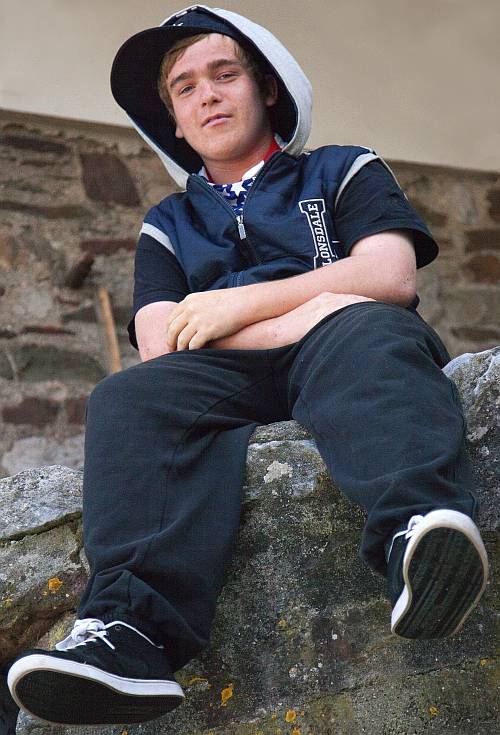
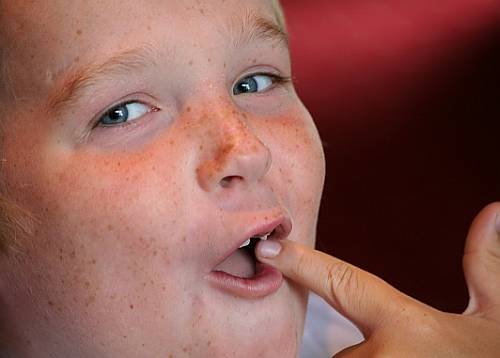

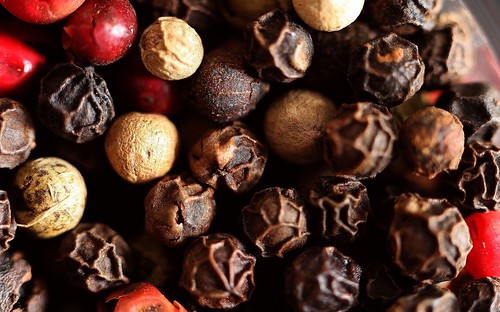
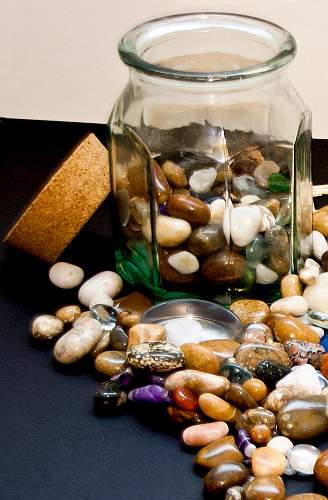
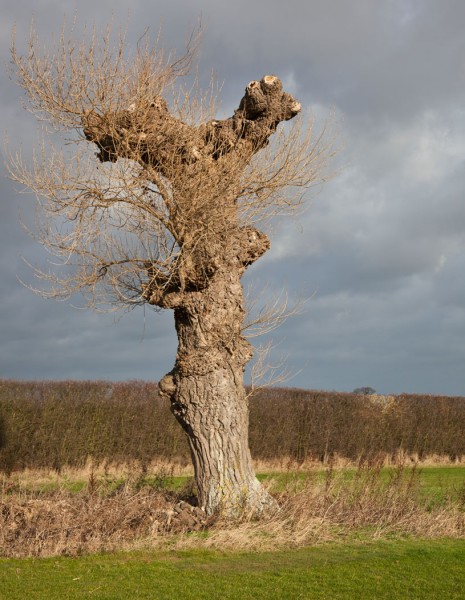
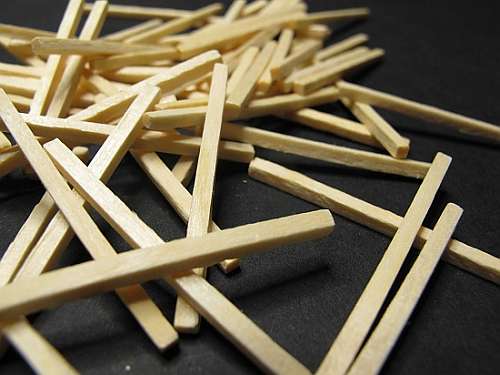 Shoot less: To avoid collecting a myriads of poor quality shots, make every shot count.
Shoot less: To avoid collecting a myriads of poor quality shots, make every shot count.